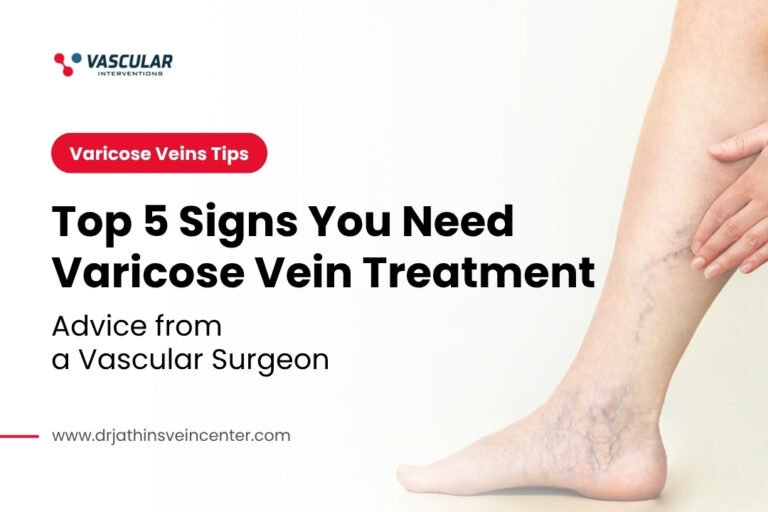Before talking about these diseases, you should first know that peripheral artery disease and peripheral vascular disease are not the same. PVD and PAD are diseases where arteries of a person’s circulatory system go through atherosclerosis or which is also called hardening. Arteries are blood vessels that have more elastic and thicker walls and carry blood away from the heart. Some people believe that PVD and PAD are the same and take place in the arteries, distributing blood to the arms and legs. In some contexts, they are the same but have a slight difference.
Both peripheral artery disease and peripheral vascular disease are concerned with artery problems in the legs. To be more clear about these diseases, let’s be clearer about peripheral artery meaning and peripheral vascular meaning.
Peripheral artery meaning –
It is a disease that affects only the blood artery in the leg. It is caused due to plaque which is the fatty and sticky substance on the inner surfaces of the blood artery in the leg. This artery problem in the legs is also known as atherosclerosis and is most commonly referred to as the hardening of arteries.
Arterial insufficiency causes include blood vessel inflammation, radiation exposure, injury in limbs, or unusual anatomy of ligaments or muscles. Apart from these arterial insufficiency causes, the most common cause is atherosclerosis.
Symptoms of PAD –
Many experts say that people who are having PVD don’t know that they are having this disease because it cannot be recognized so easily. But then to some possible symptoms of PAD are –
- Loss of feet and legs hair
- Numbness in the legs
- Weakness in legs
- The skin of the legs become pale or bluish
- Brittle toenails or slow growth of toenails
- Sores on the legs take time to heal, or sometimes they never heal
Peripheral artery disease management –
If a person is diagnosed with PAD, then he must know peripheral artery disease management. So below are some practices which can help a person in preventing PAD –
- Say no to smoking – no matter what, smoking is injurious to health, but if we talk about PAD, then smoking is a major factor. People diagnosed with this disease should stop smoking, and they will notice there will be a decrease in the progression of peripheral artery disease.
- Follow a healthy diet – a person reduces his consumption of saturated and trans fats because high cholesterol levels will lead to the development of PAD.
- Physical activity – daily exercise will not only lead to a healthy lifestyle but will also help in curing this disease.
Peripheral Vascular, meaning –
Peripheral vascular occlusion, is a blood circulation disorder that makes a person’s blood vessels narrow, spasm, or block outside their heart and brain. But this condition is often arteries or veins of the legs of a person. Peripheral vascular insufficiency is not a good sign. Peripheral vascular insufficiency leads to heart disease, diabetes, abnormal cholesterol, high blood pressure, kidney disease, and overweight. The most common causes of peripheral vascular occlusion are injury to the arms and legs, infection, or irregular anatomy of muscles or ligaments.
Symptoms of PVD –
- Dead tissue due to lack of blood flow is known as Gangrene.
- Impotence
- Weak pulse in the legs and feet
- Numbness and weakness of muscles
What difference between peripheral artery disease and peripheral venous disease?
Peripheral artery disease occurs in arteries that carry blood to the arms and legs. When plaque is formed inside the artery walls, the arteries become narrowed or sometimes even blocked. A person having PAD can develop serious health problems like heart attack, stroke, amputation, etc.
On the other hand, peripheral venous disease is a circulatory disorder in which the veins of the hands and feet become damaged or blocked. Symptoms of this disease include redness and swelling over the affected vein.





